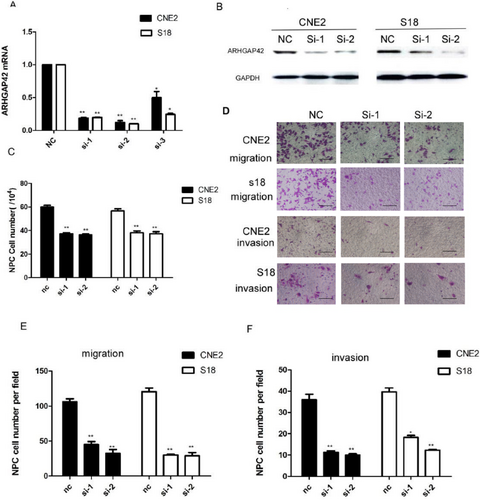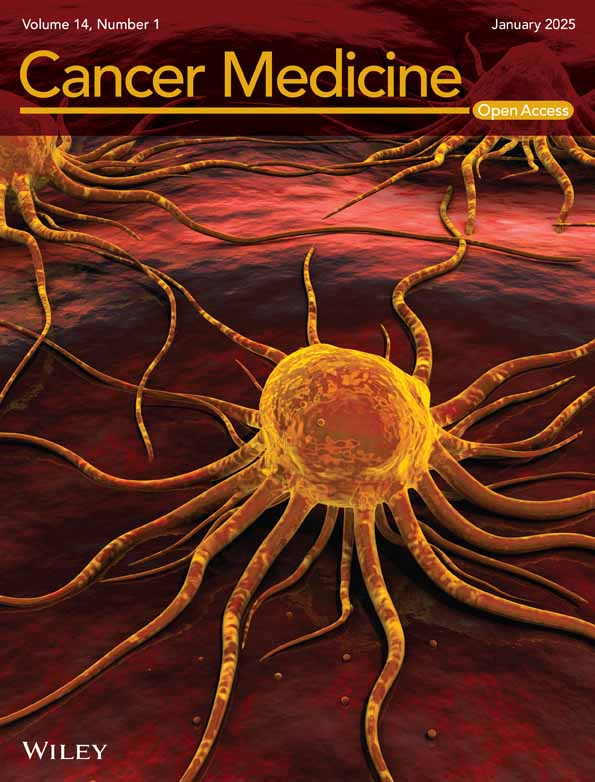Correction to “ARHGAP42 Promotes Cell Migration and Invasion Involving PI3K/Akt Signaling Pathway in Nasopharyngeal Carcinoma”
Q. Hu, X. Lin, L. Ding, et al., “ARHGAP42 Promotes Cell Migration and Invasion Involving PI3K/Akt Signaling Pathway in Nasopharyngeal Carcinoma,” Cancer Medicine 7, no. 8 (2018): 3862-3874, https://doi.org/10.1002/cam4.1552.
Concerns were raised by a third party regarding overlapping image panels within the article (Figures 4D and 6E) and image duplication between this article (Figure 3D) and a previously published article by a different group of authors [1].
The authors admitted to the image compilation error in Figures 4D and 6E and the unintentional reuse of a previously published image for the s18 migration—Si-2 panel of Figure 3D. The authors stated that during the experimental work, the two author groups shared a laboratory and used the same computer for image storage which could have led to the error in retrieving and compiling the images. The authors cooperated with the investigation and were able to provide the comprehensive raw data of the article.
The research integrity office of the authors' institution has investigated the concerns, including the repetition of the relevant experiments by two independent research groups and recommended issuing a correction. The authors confirm that all the experimental results and corresponding conclusions mentioned in the paper remain unaffected and sincerely apologize for the errors and any confusion caused.
The corrected Figures 3 and 4 and their corrected captions are as follows:


The authors also wished to make an additional change to Figure S1 where two patient samples showed overlapping sections. The correct images of the immunohistochemistry experiments displaying the immunohistochemistry staining for all patient samples can be found in Figure S1 of the revised Supporting Information.




